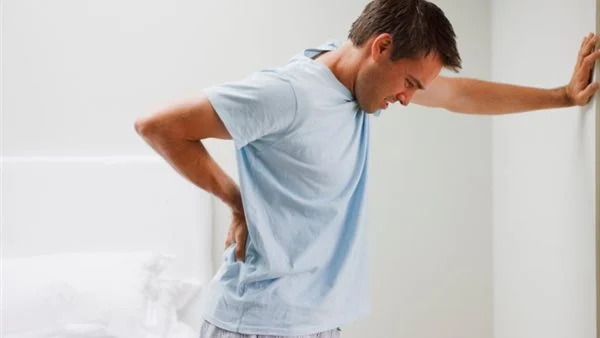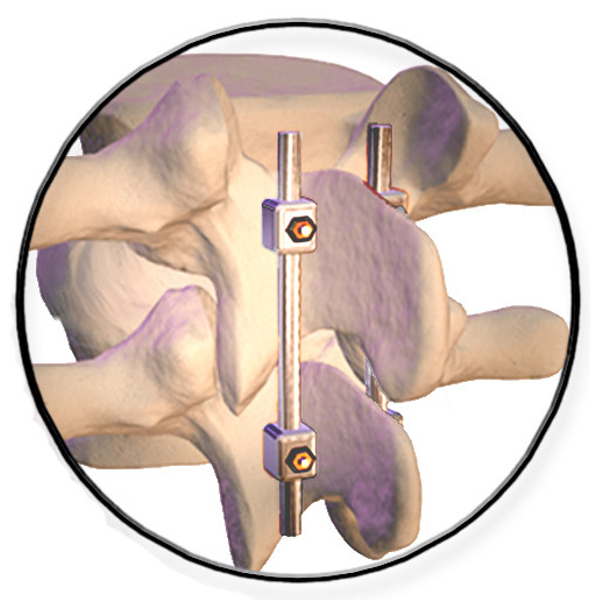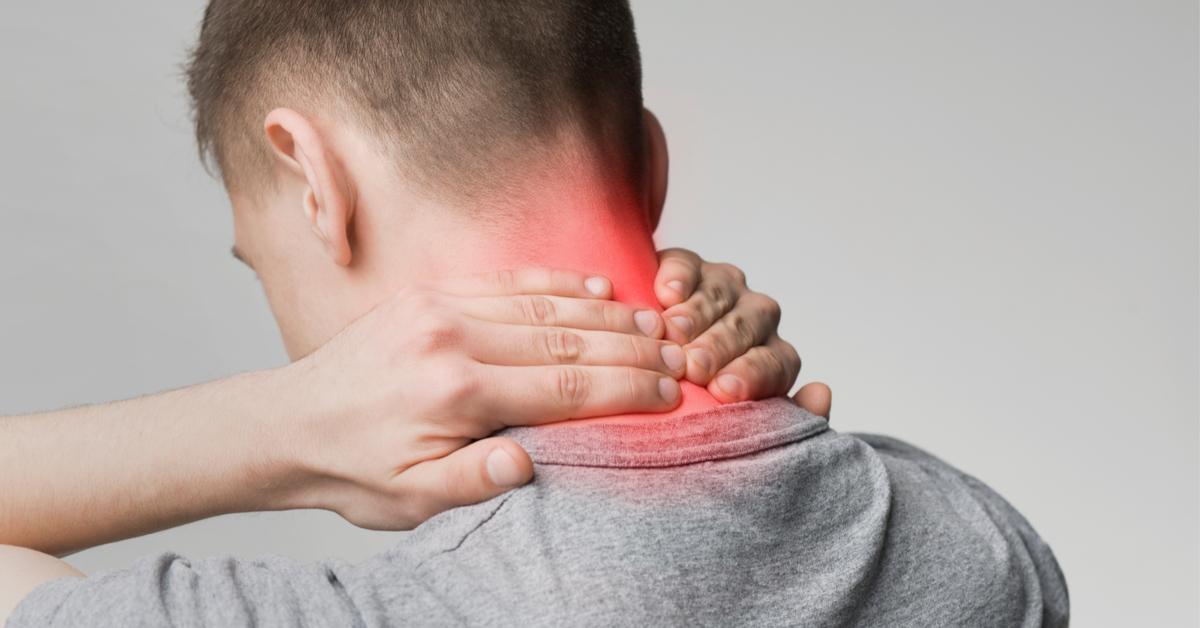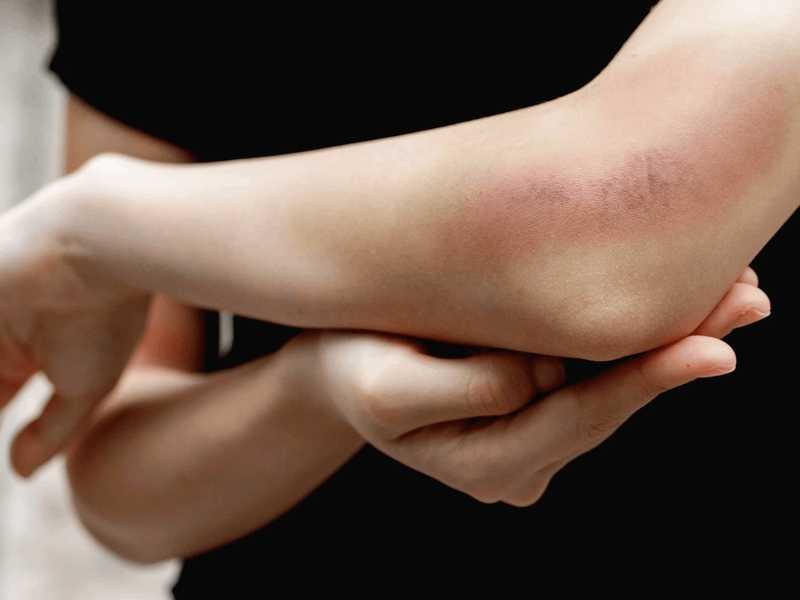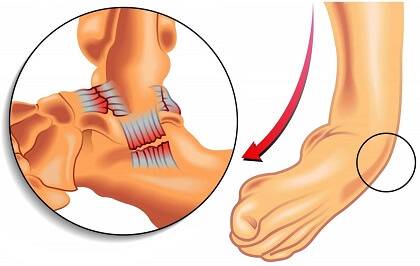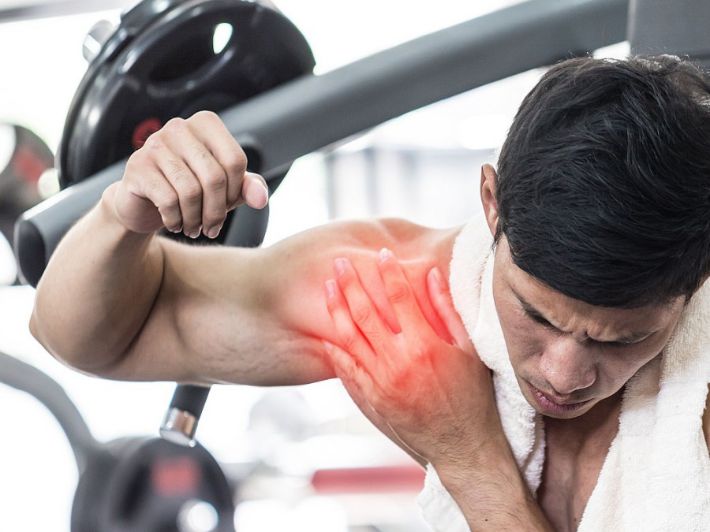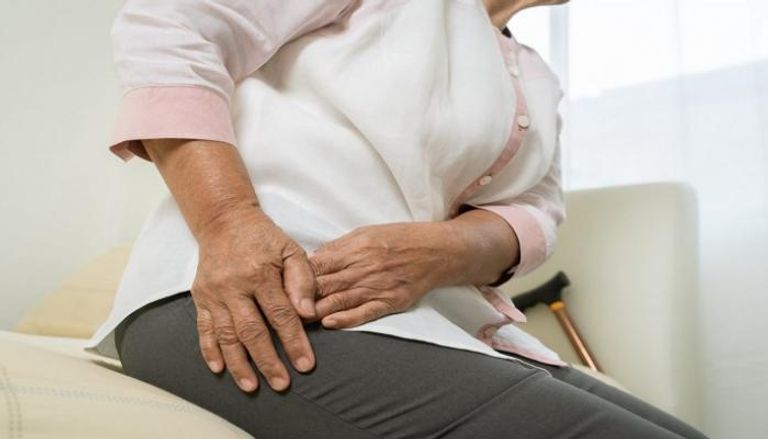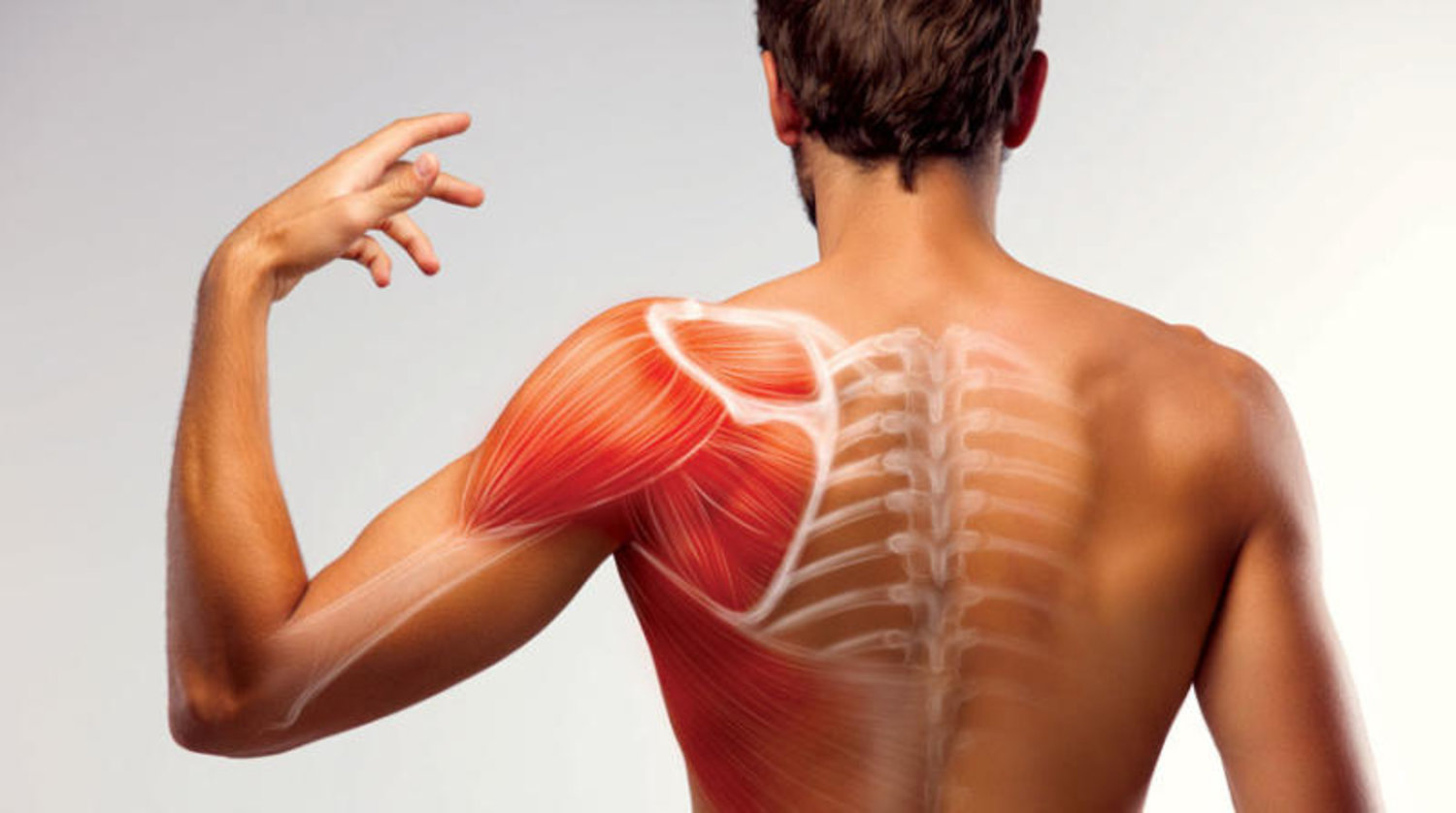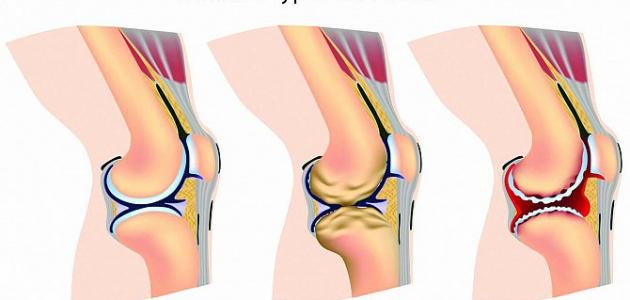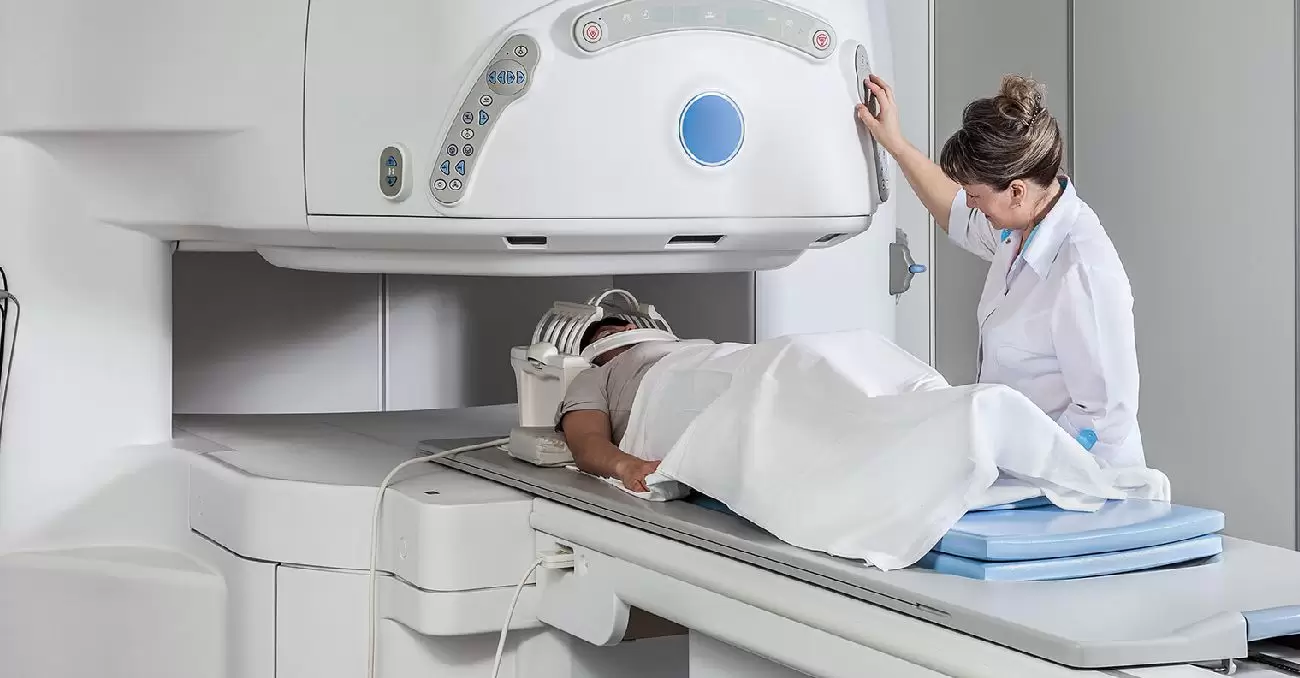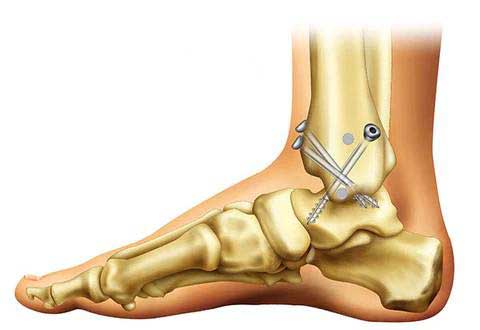What you do not know about pain behind the knee
Since the knee is the largest joint in the human body, this makes it the most common area that may be subject to many injuries during the usual daily routine, but how do we deal with this pain, and what are its causes? Follow the following article with us to learn a lot of information on this topic.
Pain behind the knee
Many reasons may lead to pain in the area behind the knee, and the intensity of the pain varies according to the duration of the injury from mild to severe, and despite the multiplicity of causes that lead to pain behind the knee, their symptoms are all similar, but some symptoms require going to the doctor as soon as they appear, and for example:
- Extremely severe pain that cannot be tolerated.
- Sudden onset of leg swelling.
- Feeling of heat.
- Not being able to breathe well.
- Loss of ability to balance.
- Deformities in the structure of the knee.
Pain behind the knee when bent
Pain behind the knee when bending occurs as a result of friction of the kneecap bone with the femur bone as a result of erosion of the cartilage that is located under the kneecap bone, and many reasons may lead to this, including:
- Overuse of the knee: Pain may appear in the area behind the knee when bending with frequent use, and this is why this is more common among runners and is known as athlete’s knee.
- The kneecap bone coming out of its place: This leads to friction and this leads to pain. This may be congenital and many people are born this way.
- Weakness of the thigh muscle: The thigh muscle’s role is to hold the knee in place, so its weakness may result in friction that causes this pain behind the knee when it is bent.
- Knee injury: Injury as a result of an accident or collision that may lead to its dislocation, and this results in pain when bending it.
Treatment of tendinitis behind the knee
- If the inflammation is a result of overuse of the knee, the individual should take plenty of rest and cover the knee with an ice pack and tie it with a cloth.
- Although the treatment may require rest, excessive pressure on the tendons can lead to severe pain.
- Treating using pressure waves and this method is characterized by the absence of any side effects.
- If the pain is severe, it is possible to take some painkillers that calm the inflammation and thus reduce the pain.
- Doing a massage of the pelvic area and behind the thigh helps to greatly calm the inflammation.
- Follow some physiotherapy exercises because of their great effectiveness in promoting blood circulation and facilitating the access of blood and oxygen to the tendons, which enhances their recovery.
- If the pain is severe and the previous methods do not help, the doctor may advise injecting steroids to stop the pain for a few weeks.
- The surgical solution is the last if all previous methods fail to calm the inflammation.
Pain behind the knee when straightening it
There are many causes of pain behind the knee when it is straightened, as this may be in the form of muscle strain and may be an indication of the presence of some problems in the liver or nerves or the presence of infections in some areas of the human body. Also, a sprain occurs in the knee and despite its simplicity, the individual is unable to move well and this affects his performance in daily activities.
Arthritis also results in severe inflammation in the lower spine and knee joint, in addition to the tendons being injured during some exercise plays a very big role in feeling pain behind the knee when doing it alone.
Pain behind the knee and groin
When feeling pain behind the knee and thigh, a doctor should be consulted immediately to obtain an early diagnosis that helps the individual to bring treatment with him faster and more effective results, as the method of treatment differs according to the cause of the occurrence of this pain in the first place, and for this reason, the problem must be known from its roots to be able to solve it completely before any serious complications occur.
Pain behind the knee when walking
Individuals suffering from pain behind the knee when walking as a result of an injury to the cruciate ligament, and ignoring these symptoms as soon as they feel them is not good and causes serious complications for individuals, so it is important when you realize that there is a problem that hinders you from moving, that you consult a specialist doctor immediately and start receiving appropriate medical care for your condition.
What is the cause of pain in the knee from behind?
The causes of pain in the knee from behind vary, as this may be the result of an injury or a disease, and we will learn about the most common injuries that cause this type of pain, including:
Anterior cruciate ligament injury
The anterior cruciate ligament is defined as a group of tissues that extends through the front of the knee joint and connects both the femur and the leg bone to improve the individual’s ability to walk, and one of the causes of this injury is jumping, stopping suddenly, or changing direction while running, and this results in a popping sound accompanied by swelling, pain and extreme heat in the knee of the foot infected.
Posterior cruciate ligament injury
The pain resulting from this injury is similar to the anterior cruciate ligament injury, and this occurs as a result of receiving a strong blow or a direct collision in the knee area, and it results in severe pain and stiffness in the affected leg and the inability to walk normally.
Meniscus rupture
It is also known as the meniscus and is considered a piece of cartilage on both sides of the knee, and this injury occurs as a result of making some twisted movements while squatting or bending the leg, this injury results in a popping sound as soon as it occurs, and its symptoms do not begin to appear until within two days of exposure, and the individual is unable to move well and develops swelling in the affected foot.
Does roughness cause pain behind the knee?
Knee roughness is one of the diseases that require immediate treatment when it is discovered, because neglecting it causes increased erosion in the bones, and this results in severe pain behind the knee and in the affected leg, and it may hinder the movement of the individual nature and over time make him unable to walk completely.

